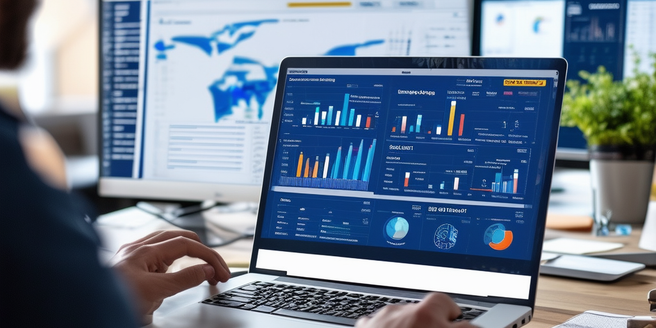Analyzing Sweepstakes Data

Understanding Sweepstakes Participation Metrics
Sweepstakes participation metrics are crucial for assessing the success of promotional campaigns. These metrics include entry rates, engagement levels, and conversion rates. By understanding these metrics, businesses can identify which strategies are most effective in driving participation and which areas may need improvement. Additionally, assessing the return on investment for these campaigns provides a comprehensive view of their efficiency. Analyzing patterns in entry data helps in recognizing the most appealing prizes and the optimal times for running such promotions. Gaining insights from these metrics allows businesses to optimize their future campaigns. This information can be used to fine-tune marketing efforts to maximize the impact of future sweepstakes.
Demographic Analysis of Sweepstakes Entrants
Understanding the demographics of sweepstakes participants is essential for tailoring marketing strategies. By analyzing data such as age, gender, income level, and interests, businesses can create more targeted and effective promotional campaigns. This analysis helps in identifying the core audience that is most likely to engage with sweepstakes, thereby increasing the likelihood of participation and conversion. Additionally, understanding these demographics can provide insights into future marketing trends. By recognizing patterns within demographic data, companies can optimize their marketing efforts for better results. Knowing the demographic profile of entrants also allows for personalized communication and offers, enhancing engagement and satisfaction.
Geographic Distribution of Participants
The geographic distribution of sweepstakes participants can offer valuable insights into regional preferences and behaviors. By analyzing the data, businesses can identify which areas have higher participation rates and tailor their marketing efforts accordingly. This information helps in optimizing logistics and planning regional campaigns more effectively. Moreover, it provides a clearer picture of how different regions respond to various incentives and promotions. Additionally, it can reveal cultural nuances that may influence consumer preferences. Understanding geographic trends also allows companies to identify new markets with potential growth opportunities and adapt their strategies to cater to specific regional needs and preferences.
Common Patterns and Trends in Entry Data
Identifying common patterns and trends in sweepstakes entry data is vital for improving future campaigns. By analyzing which types of prizes attract the most entries, the days and times with the highest engagement, and the preferred methods of entry, businesses can refine their sweepstakes strategies. Recognizing these trends helps in designing more appealing promotions that resonate with the target audience. Additionally, conducting surveys or focus groups can uncover deeper insights into participant motivations. Additionally, monitoring competitors’ sweepstakes can provide valuable insights into industry standards and consumer preferences. This continuous optimization based on data-driven insights leads to higher participation rates and a better overall experience for participants.
Impact of Promotional Strategies on Sweepstakes
Promotional strategies play a crucial role in the success of sweepstakes. Evaluating the impact of different promotional tactics, such as social media campaigns, email marketing, and influencer partnerships, helps in understanding which methods drive the most participation. Continuous analysis of these tactics can offer valuable insights. Moreover, it’s important to adapt campaigns based on changing trends and audience preferences. Businesses can use these insights to allocate resources more effectively and optimize their promotional efforts. Measuring the effectiveness of various strategies ensures that future sweepstakes are more engaging and reach a wider audience, ultimately leading to increased brand awareness and customer acquisition.
Utilizing Data Insights to Improve Future Campaigns
Data insights from past sweepstakes can significantly enhance future promotional efforts. By leveraging analytics to understand participant behavior, preferences, and engagement levels, businesses can design more effective and targeted campaigns. These insights help in personalizing the sweepstakes experience, optimizing prize selections, and improving communication strategies. Additionally, understanding trends and patterns can provide a competitive edge. By capitalizing on these advantages, companies can outmaneuver their competitors and capture more market share. As a result, businesses can achieve a more tailored approach to their audience. Utilizing data-driven approaches ensures continuous improvement and innovation in promotional campaigns, leading to higher participation rates, better customer satisfaction, and increased overall success.